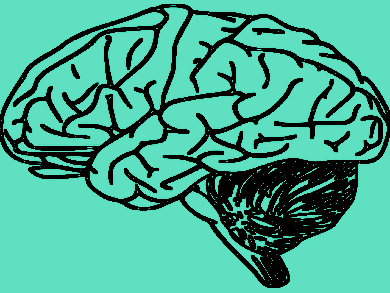Wen-Cheng Xiong, Medical College of Georgia at Georgia Regents University, USA, and colleagues have identified the influence of the two proteins, Vacuolar protein sorting-35 (VPS35) and lysosome-associated membrane glycoprotein 2a (Lamp2a), on Parkindon’s disease. The finding may lead to an early disease intervention.
Autophagy involves cell degradation of unnecessary or dysfunctional cellular components through proteases inside lysosomes. The protein VPS35 is essential for repairing membrane proteins vital to cell function. Its levels decrease with age. In patients with a rare form of Parkinson’s, mutations in the VPS35 gene have been found. Lamp2a enables useless proteins to be degraded inside lysosomes.
VPS35-deficient mice developed Parkinson’s-like deficits. It was found that their lysosomes inside dopamine neurons, which are targets in Parkinson’s, did not function properly. Without VPS35, the degradation of Lamp2a is speeded up. The protein α-synuclein, which is normally destroyed by Lamp2a, is increased. α-Synuclein is a major component of abnormal protein clumps, called Lewy bodies. They are found in the brains of patients with Parkinson’s. When the scientists increased the expression of Lamp2a in the dopamine neurons of the VPS35-deficient mice, α-synuclein levels were reduced.
Without lamp2a, dopamine neurons produce more useless proteins than eliminating them. Recycling of valuables such as amino acids stops, α-synuclein can drift to other places in the cell or other brain regions where it can damage viable proteins. This leads to the loss of dopamine neurons. Brain scans of patients with neurodegenerative diseases such as Parkinson’s and Alzheimer’s show empty spaces where neurons used to be.
- VPS35 in Dopamine Neurons Is Required for Endosome-to-Golgi Retrieval of Lamp2a, a Receptor of Chaperone-Mediated Autophagy That Is Critical for α-Synuclein Degradation and Prevention of Pathogenesis of Parkinson’s Disease,
Fu-Lei Tang, Joanna R. Erion, Yun Tian, Wei Liu, Dong-Min Yin, Jian Ye, Baisha Tang, Lin Mei, Wen-Cheng Xiong,
J. Neurosci. 2015, 35(29), 10613–10628.
DOI: 10.1523/JNEUROSCI.0042-15.2015



